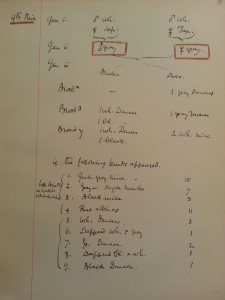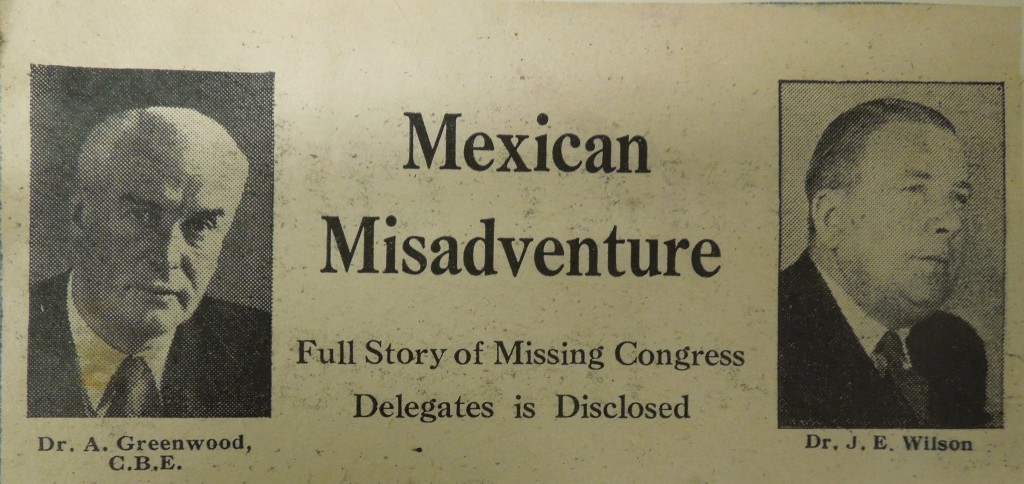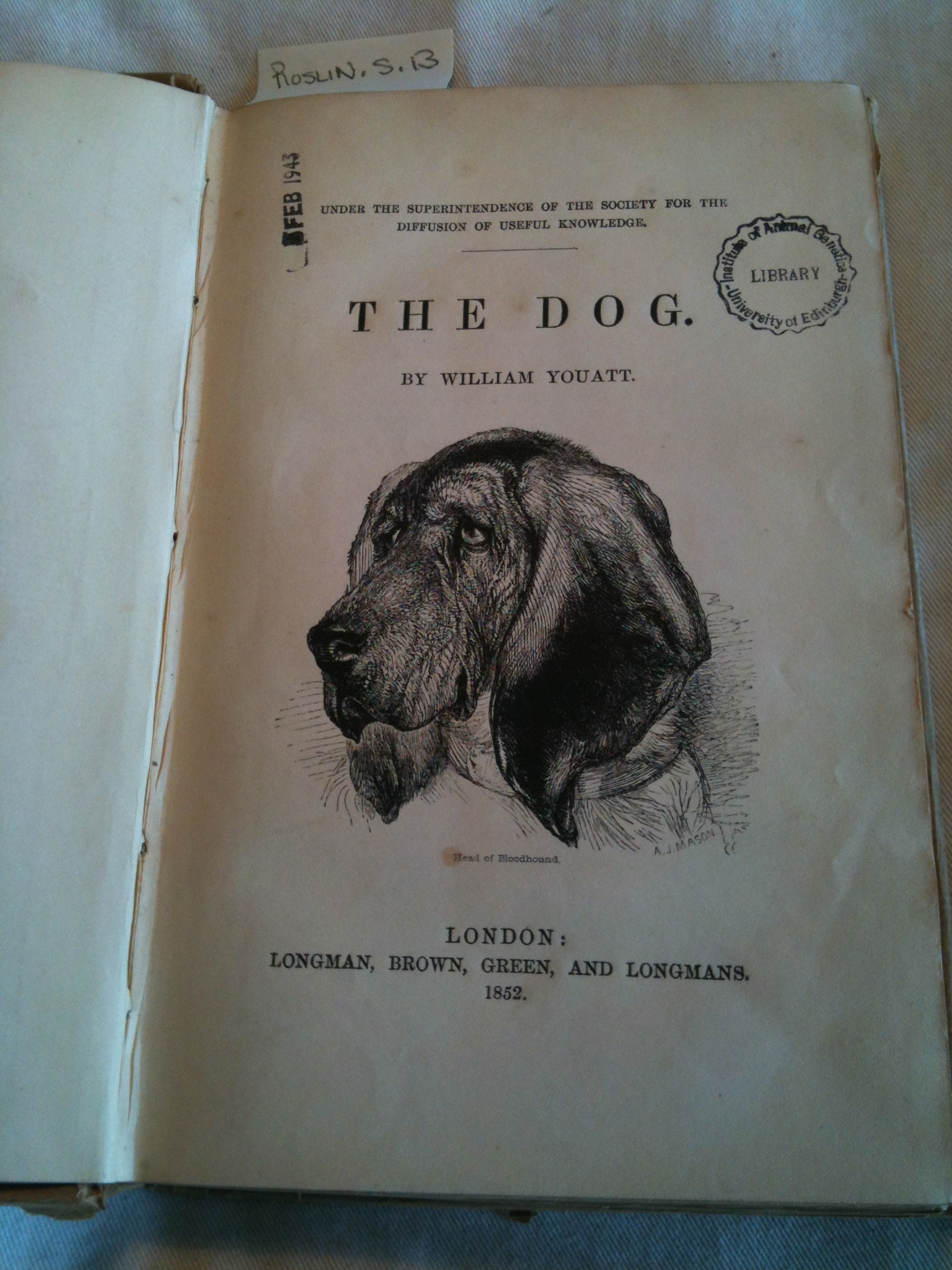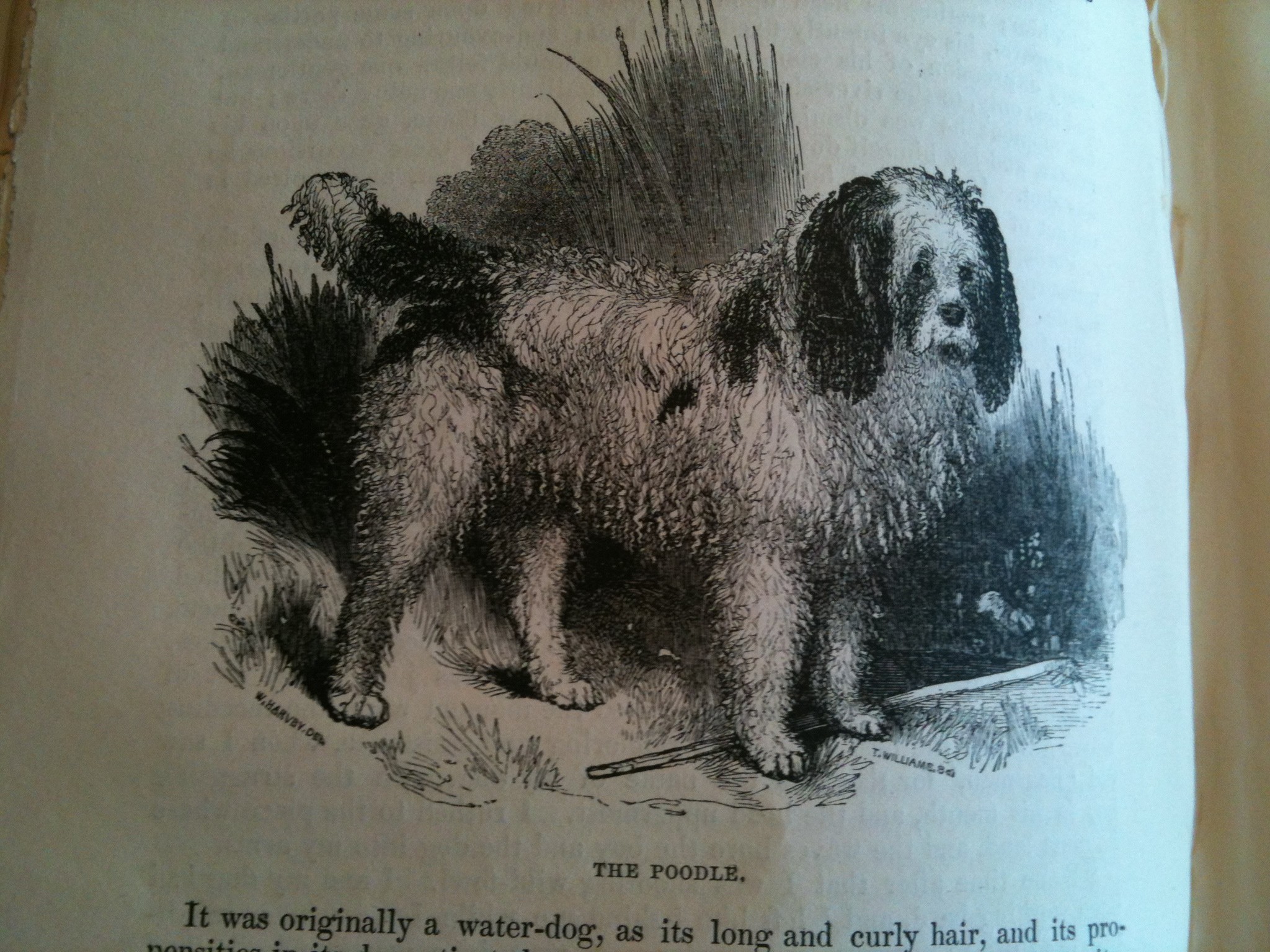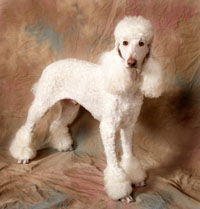 Britain has been fortunate in the freedom it has enjoyed to carry out scientific research; something which has not always been the case with other parts of the world. The animal genetics archives here are full of individual stories of persecution, government interference and other threats to research and human life. In fact, in the 1930s the Institute of Animal Genetics became a haven for many refugees escaping the rise of fascism (not least H.J Muller and Charlotte Auerbach), but there was trouble on the left side of the political spectrum too.
Britain has been fortunate in the freedom it has enjoyed to carry out scientific research; something which has not always been the case with other parts of the world. The animal genetics archives here are full of individual stories of persecution, government interference and other threats to research and human life. In fact, in the 1930s the Institute of Animal Genetics became a haven for many refugees escaping the rise of fascism (not least H.J Muller and Charlotte Auerbach), but there was trouble on the left side of the political spectrum too.
The Seventh International Congress of Genetics was planned to be held in Moscow in 1937, but interminable delays in the planning process meant that eventually a decision was made to relocate to Edinburgh at the later date of August 1939, where the Congress would be hosted by the Institute of Animal Genetics and organised by its director, F.A.E Crew. The exact reasons for such a delay from the Russians were not made apparent to the Congress’ international planning committee, but it would have been clear to anyone with a vague idea of what was afoot in the Soviet Union at that time.
Trofim Lysenko had been director of the Soviet Union’s Lenin All-Union Academy of Agricultural Sciences since the 1920s, where he claimed to have developed a new agricultural technique which promised to solve the Soviet Union’s agricultural crisis and famines. ‘Vernalisation’ seemed like the magic solution, and Lysenko was hailed as a Soviet hero (although his theory did not produce the results he claimed and was backed by fake experimental data). However, the practice did not produce anywhere near the increase in crop yields that he had predicted. Lysenko’s theories were based on the grounds that characteristics that were acquired by an organism during a lifetime could be passed on to the next generation – a theory which went against evolutionary theory and Mendelism.
Once Lysenko was in a position of power, his influence was disastrous for Soviet scientists. He began a campaign of denouncing theoretical genetics and all biologists who did not hold his views. In 1949, genetics was officially declared ‘a bourgeois pseudo-science’ and all geneticists were dismissed from their jobs and genetics research discontinued. Many were also arrested; some were sentenced to death. One victim of the arrests was Nikolai Vavilov, who was to have been Chairman at the Congress of Genetics in Moscow. Once the Congress was relocated to Edinburgh, Vavilov and some 50 Russian geneticists planned to travel over to present their papers. However, less than a month before the Congress was due to begin, Crew and his organising committee learned that the Russians had been forbidden to come; Vavilov was ultimately arrested and died in prison in 1943. Although the Congress went ahead without the Russian delegates, it was much overshadowed by the outbreak of war across Europe. (In fact, Britain declared war on Germany while the Congress was still in progress, and Crew laboured to ensure that all foreign delegates returned safely home, or else sought refuge elsewhere.)
One British geneticist who took a good deal of interest in the ‘Lysenko Controversy’ as it became known, was Geoffrey Beale, best known as the founder of malarial genetics. Beale, who worked within the Institute of Animal Genetics from 1947 until his retirement in 1978, had a lifelong interest in the Russian language. His personal papers and library, currently being catalogued here at Edinburgh University Library Special Collections, contains many examples of his reading and research into Russia and Russian science particularly. His best known article on the subject was ‘The cult of T.D Lysenko: thirty appalling years’, a review (published in the Science Journal, October 1969) of I.M. Lerner’s translation of Z.A. Medvedev’s book The Rise and Fall of T.D Lysenko.
Lysenkoism remained established in many countries in the Eastern Bloc, and in China until the late 1950s. The ban on genetics research was finally lifted in the Soviet Union in 1964 when Lysenko retired from his post. In Beale’s words, the Lysenko affair was ‘the most extraordinary, tragic and in some ways absurd, scientific battle that there has ever been.’




